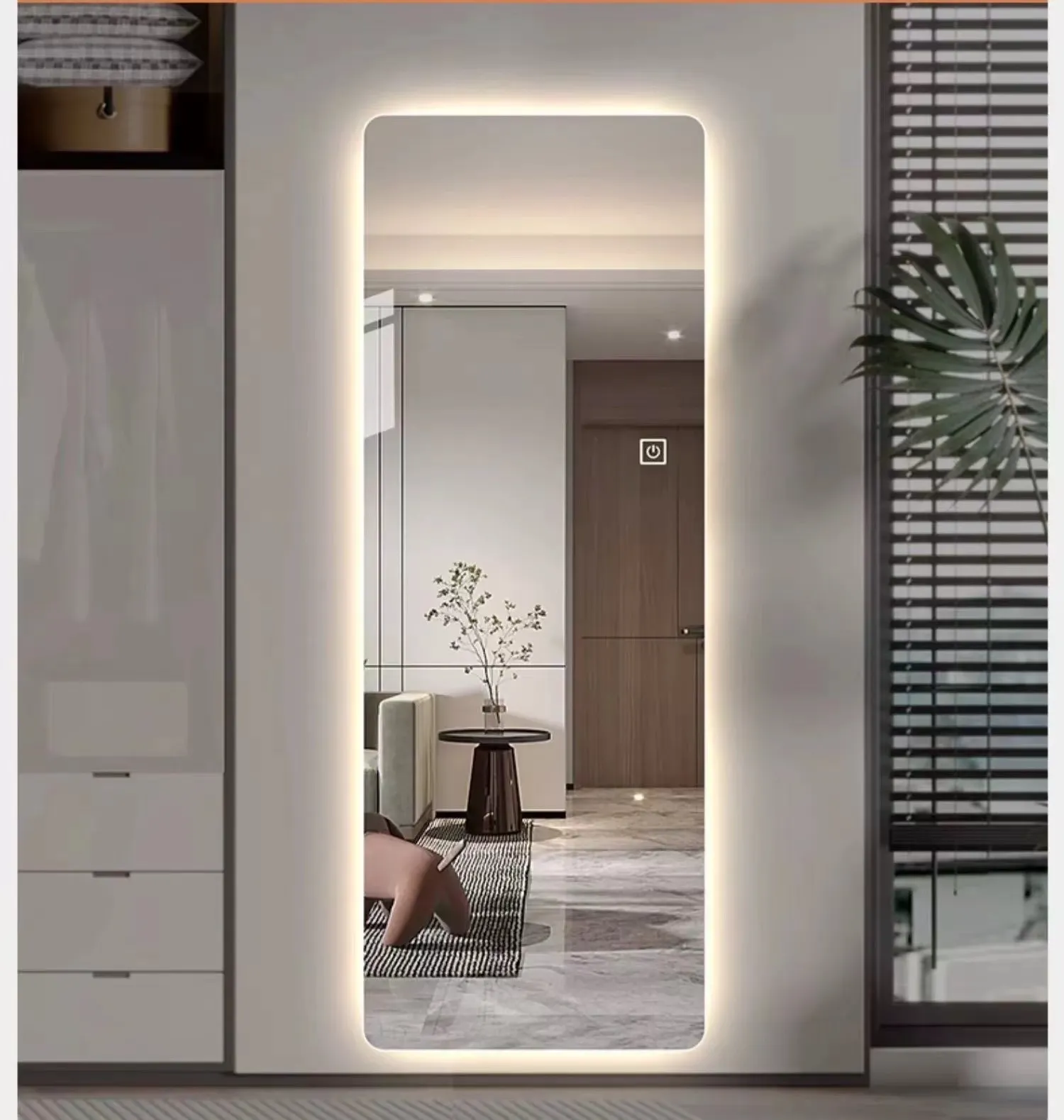

The Aesthetic and Functional Appeal of Brown Reflective Glass
In recent years, brown reflective glass has emerged as a popular choice in architectural design, interior decoration, and even in automotive applications. This medium not only offers distinctive aesthetics but also serves practical purposes that address the needs of modern users. In this article, we will explore the characteristics, benefits, and applications of brown reflective glass, highlighting why it has become a favored option among architects, designers, and homeowners alike.
Characteristics of Brown Reflective Glass
Brown reflective glass is defined by its unique coloration and reflective properties. The rich brown hue provides a warm and inviting ambiance, making it an ideal material for both commercial and residential applications. The glass is manufactured using a special coating that enhances its reflective qualities, allowing it to effectively mirror the surrounding environment while filtering and reducing glare from the sun. This characteristic not only offers a sophisticated appearance but also plays a significant role in energy efficiency.
The glass is typically available in various thicknesses and forms, allowing designers flexibility in application. It can be tempered for strength, laminated for security, or used in double-glazing configurations, enhancing insulation properties. Brown reflective glass can also be engineered to meet specific codes and safety standards, making it adaptable for various structural designs.
Functional Benefits
One of the most significant advantages of brown reflective glass is its energy efficiency. By reflecting solar heat away from buildings, it helps maintain a comfortable indoor environment, reducing the dependence on air conditioning during hot months. This not only lowers energy bills but also contributes to sustainability efforts by reducing the carbon footprint of the building.
Moreover, this type of glass minimizes glare, making it an excellent option for offices and other workspaces where screen visibility is crucial. By controlling the amount of sunlight entering a space, it creates a more comfortable working environment, which can enhance productivity and reduce eye strain.

In addition to its functional benefits, brown reflective glass improves privacy. The reflective surface makes it difficult to see inside during the day while still allowing occupants to enjoy views of the outside world. This characteristic is particularly desirable for residential windows and office buildings located in busy urban settings.
Aesthetic Appeal
The aesthetic appeal of brown reflective glass cannot be overstated. Its warm tones can complement a variety of architectural styles, from contemporary to traditional, adding a touch of elegance and sophistication. The reflective quality creates dynamic visual effects that can transform the appearance of a building throughout different times of the day and in varying weather conditions.
Using brown reflective glass in design also enhances the overall environmental integration of a structure. By reflecting the colors of the surroundings, such as trees and landscape features, it helps buildings blend seamlessly into their environment. This quality is especially beneficial in areas where preserving natural beauty is a priority.
Applications
The versatility of brown reflective glass allows it to be used in numerous applications. In architecture, it has been widely utilized for facades, curtain walls, and windows, providing an attractive yet practical solution. In interior design, it can be featured in mirrors, partitions, and doors, adding depth and sophistication to spaces. In the automotive industry, this type of glass is commonly used in windows and sunroofs, providing comfort and privacy while enhancing the vehicle's overall aesthetic.
Conclusion
Brown reflective glass represents a harmonious blend of functionality and beauty. Its energy-efficient properties, coupled with its aesthetic appeal, make it an excellent choice across various applications in architecture and design. As society continues to prioritize sustainability and style, the demand for innovative materials like brown reflective glass is poised to grow, paving the way for future advancements in design and environmental consciousness.